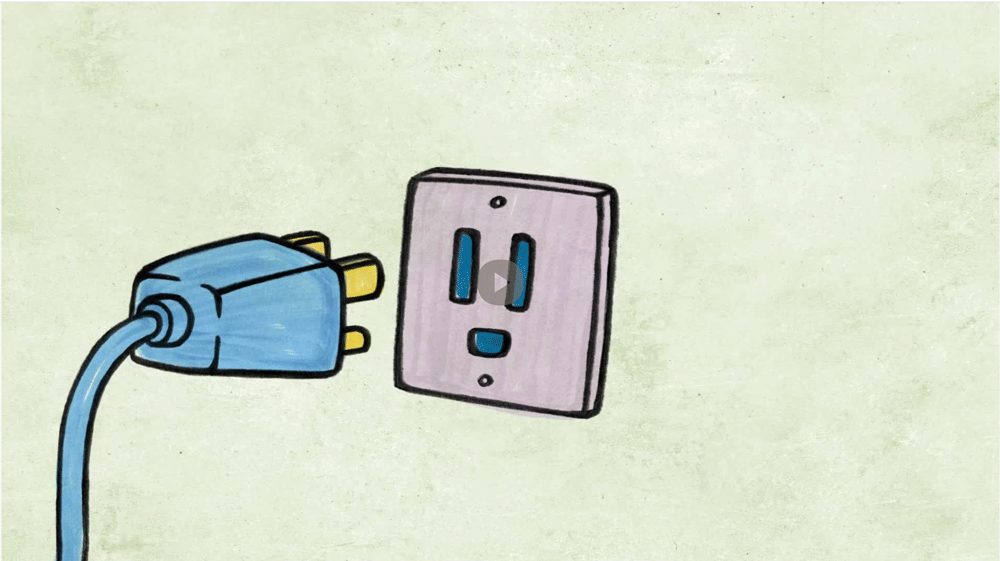Peak Shaving

English Version

French Version

What is Peak Shaving?
The power used by businesses and households is not consistent throughout the day. There are certain times of the day when we use the most electricity as we carry out activities relating to our personal and working needs. These periods are known as peak hours. In Ontario, peak hours usually occur between 7:00am to 11:00am and 5:00pm to 7:00pm. At peak hour, the demand for electricity is at its highest, which can put a strain on the electricity grid resulting in higher costs as more infrastructure and energy sources are required to meet the demand. Peak times can also occur during especially hot or cold days where households tend to use more electricity to power up their heaters or air-conditioning systems.
To reduce the strain on the electricity grid during peak hours, peak shaving strategies can be used to transfer and shift power usage to off-peak times. These strategies can help organizations and households balance their rate of electricity use and reduce power and environmental costs.
Peak shaving strategies include:
- On-site renewable energy: Installing renewable energy sources onsite such as solar panels or wind turbines helps to reduce reliance on the grid during peak hours. These energy sources will increase energy resiliency and provide a more stable source of energy. Energy storage is usually combined with onsite energy generation so that energy that is generated onsite at off-peak times can be utilized when it is needed most. For example, solar power captured during the day can be stored in batteries and be released for consumption at night. Combining solar energy generation and an energy storage system can increase demand savings potential by 50%!
- Energy storage: Storage systems help store excess electricity during off-peak hours and release it during peak hours. This will reduce the need for additional power production during peak hours. Electricity storage systems also enable organizations to remain operational during outrages – eliminating costs of downtime.
- Load shifting: Adjusting production schedules and shifting power usage to off-peak hours can help manage the demand for electricity at a certain time of the day. For example, if a business needs to run electricity-intensive operations, they can choose to do so during off-peak hours to avoid increasing power costs and balance out their electricity use throughout the day. Another way to approach load-shifting is to purchase electricity when the costs are low, storing the electricity in battery systems and using that battery power when costs are higher.
Peak shaving is beneficial to utilities and the grid. If electricity demand during peak hours goes up drastically, increasing the stress put on the grid, this could result in the need to build peaking power plants which only run when there is a high demand of electricity. Peak shaving strategies reduces the need to build these peaking power plants which are costly to construct and run.
CFB Kingston is implementing the peak shaving measures of on-site renewable energy and energy storage to reduce the demand of electricity while still achieving the required electricity consumption to maintain a level of comfort. The Energy Performance Contract will combine solar power, battery storage and natural gas generation to generate and store electricity.
About Solar Power

English Version

French Version
